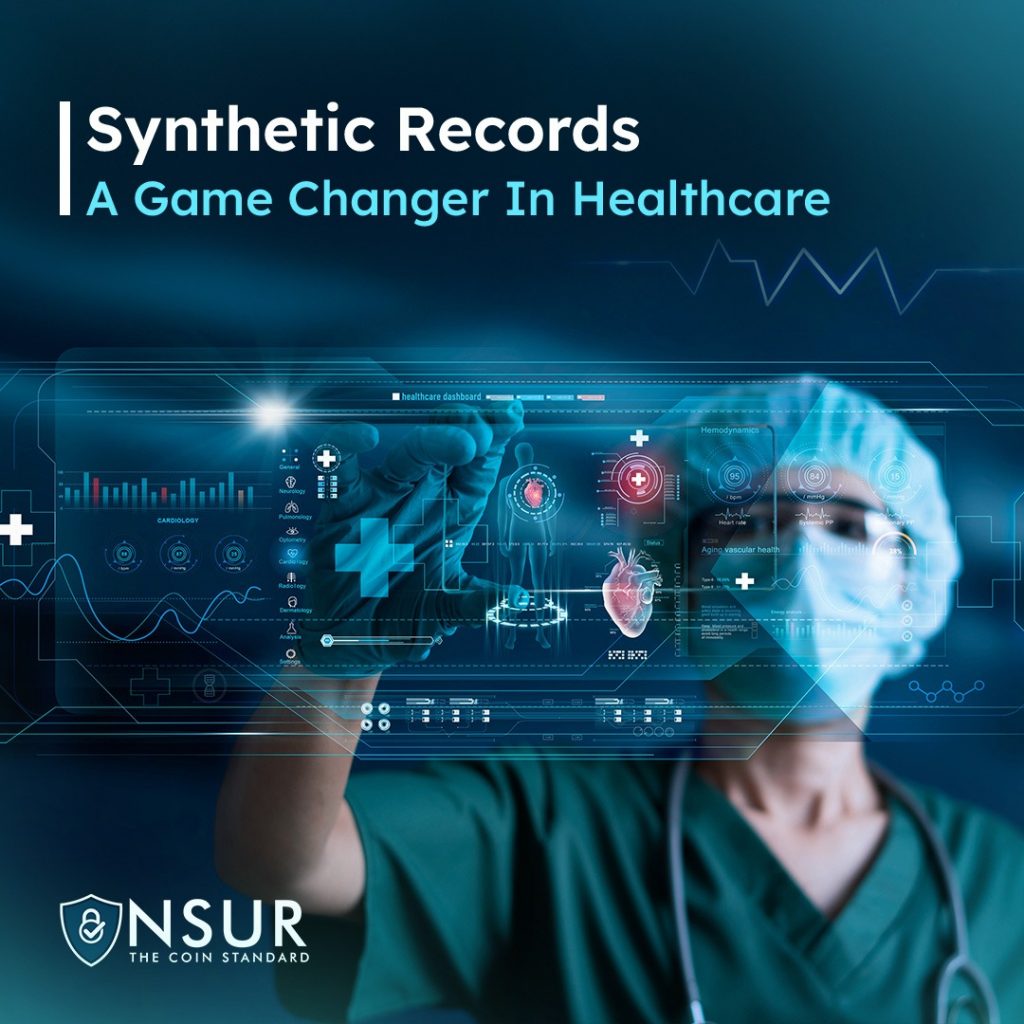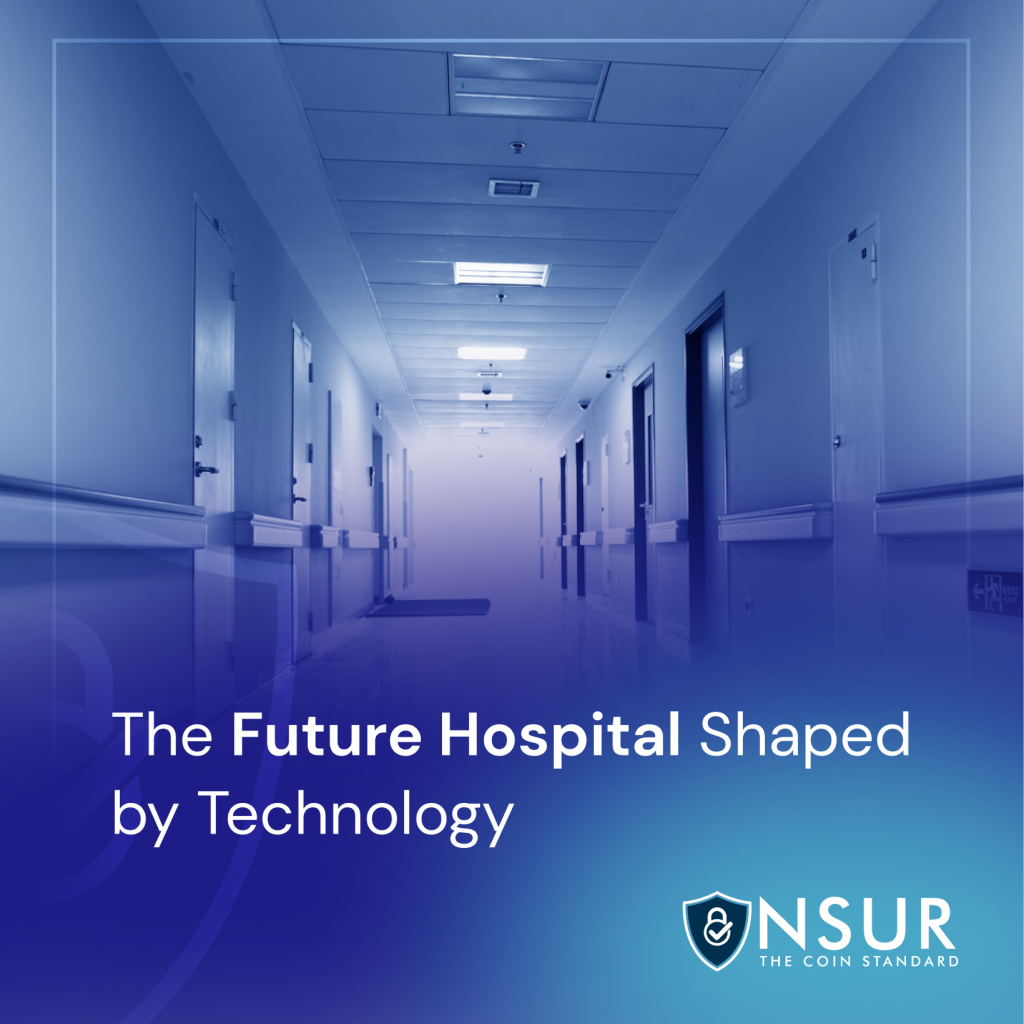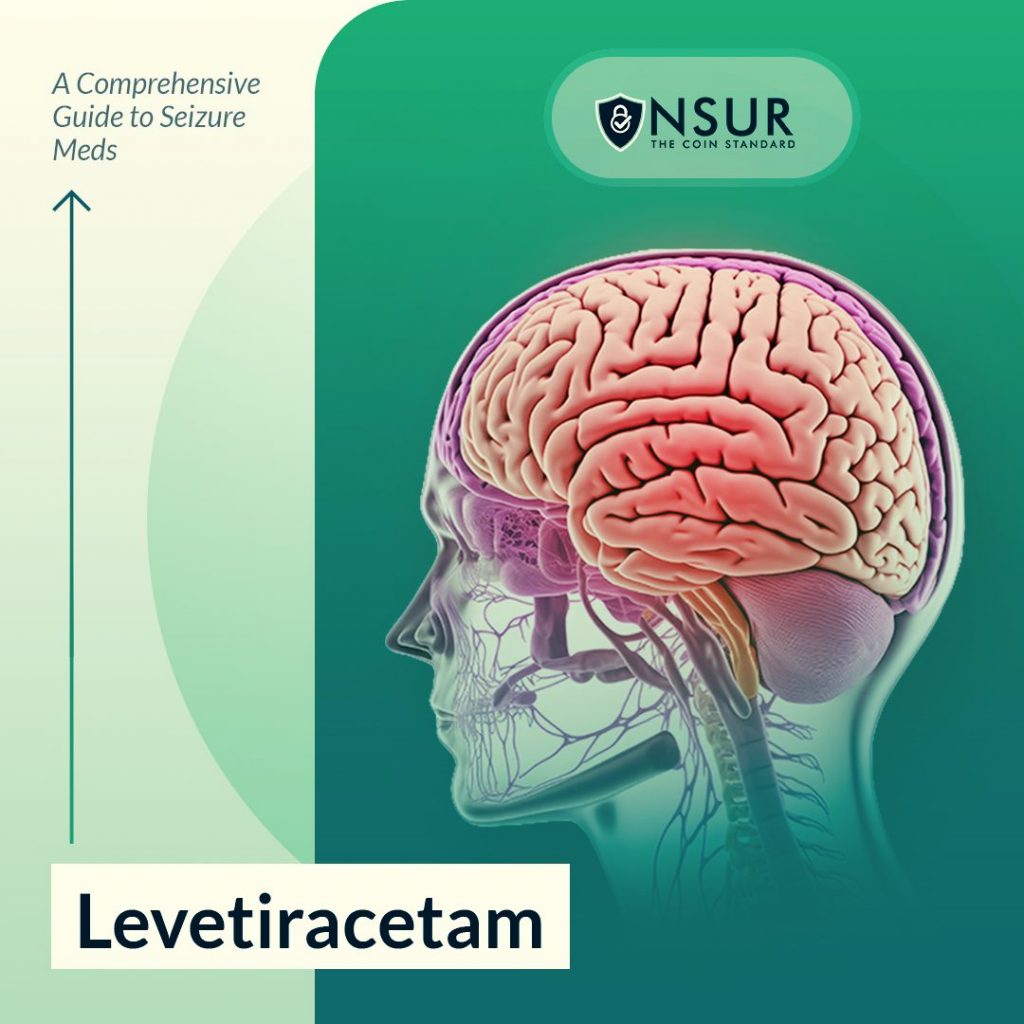
Synthetic data is transforming the healthcare industry, reshaping it from a traditional to a more efficient and cost-effective system. Artificial intelligence (AI) algorithms generate synthetic data, which can be used to create realistic scenarios and provide ideas into how healthcare systems can be improved. Synthetic data can be used to train AI algorithms, create novel treatments and medications, simplify testing, and even help with personalizing patient care. Healthcare providers can make better decisions, save money, and improve patient outcomes by using synthetic data.
Overall, synthetic data has the potential to open up a plethora of new opportunities in the healthcare industry, allowing for more efficient, personalized, and cost-effective treatments and care. In this blog, we will look at the benefits and downsides of using synthetic data in healthcare.
What exactly is synthetic data?
Synthetic data is generated based on real-world scenarios by a computer algorithm. A machine learning model is frequently tested and trained using data sets generated by this tool. Due to its non-anonymity and ability to cover-up real data, it is also a useful tool for ensuring privacy and security of data.
Various methods to create synthetic data or records
Synthetic data generation is an important step in the data science workflow. It has the potential to improve the accuracy and reliability of data-driven models while also protecting the privacy of individuals’ personal data. There are several methods for creating synthetic data, some of which are discussed below.
- Data transformation techniques such as random sampling and subsampling, random permutation, and data augmentation are one approach. It is possible to create new, synthetic data that is similar to the original data but does not contain any of the original data points by randomly transforming existing data. This can help protect privacy while also allowing for the creation of more robust data sets for machine learning and data mining.
- Another strategy is to employ generative models like generative adversarial networks (GANs). Deep neural networks are used by GANs to generate synthetic data that is similar to existing data. GANs can be trained on existing data sets and produce synthetic data that is more realistic than data produced by simpler methods.
- Finally, simulation can be used to generate data. Simulating an environment in the real world can produce realistic data for data-driven models. This is especially useful when data is unavailable or collecting real-world data is difficult.
Overall, each method has its own advantages and disadvantages for generating synthetic data. There may be advantages to some techniques over others depending on the application. It is critical to understand the trade-offs between approaches and select the one that best meets the project’s requirements.
Uses and benefits of synthetic data
Because it can be used for testing, training, and developing solutions for data-driven applications, synthetic data is a powerful tool for businesses and organizations. It can also be used to protect one’s privacy because it is generated from real data but contains no personal identifying information. Synthetic data can also be used to develop simulations and models that aid in the optimization of decision-making processes. It can also help to lower the cost of collecting and maintaining large datasets, as well as the risk of data breaches. By and large, synthetic data can offer organizations a cost-effective and secure method of working with data.
Examples of how healthcare can protect patients’ privacy using synthetic data
Organizations in the healthcare sector can analyze synthetic data to improve their decision-making and perform data analysis while maintaining privacy. The use of synthetic data can provide a hospital with the opportunity to compare the outcomes of different treatments and enhance the quality of their medical services, for instance.
The use of synthetic data has the potential to lower clinical trial costs by eliminating the need for costly patient recruitment and data collection processes. Furthermore, because it is not limited by participant availability or other factors, it can provide a more accurate representation of a population than traditional clinical trials.
Healthcare organizations can use privacy-preserving synthetic data to improve data security and protect the personal data of their patients. Organizations can conduct research without storing sensitive patient data by using synthetic data.
Finally, healthcare organizations can develop machine learning models that predict patient outcomes using privacy-preserving synthetic data. These models can be trained without jeopardizing patient privacy by using synthetic data.
Is it possible to evaluate synthetic data?
Yes, it is possible to evaluate synthetic data. The accuracy, information content, and consistency of synthetic data with the original data can be assessed. Accuracy refers to how close the synthetic data is to the original data, whereas information quality refers to how much of the original data set is contained in the synthetic data. The consistency with the original data is a measure of how closely the synthetic data follows the original data’s patterns and correlations. It is also important to evaluate whether synthetic data can be used in the current situation. For example, if the data is being used for machine learning, its ability to produce accurate predictions should be analyzed. Finally, synthetic data should be tested for its ability to protect the original data’s privacy and could still offer great information.
Concerns with the use of synthetic data in healthcare
One of the most significant issues with using synthetic data in healthcare is ensuring the data’s accuracy and reliability. Because synthetic data is frequently generated from existing real-world data, it may contain issues such as incomplete, incorrect, and outlier data. Furthermore, there is the possibility of data bias or manipulation, which can lead to incorrect conclusions and predictions. Furthermore, the privacy and security of the generated data can be an issue because the data can be used to identify individuals or access sensitive information.
Finally, the cost of producing and managing synthetic data could be greater than the cost of using real-world data.
The future and outlook of synthetic data
Synthetic data is gaining popularity as a way to protect sensitive information while still gaining accurate insights from datasets. However, there are several challenges to using synthetic data, such as ensuring the data is accurate and unbiased, as well as realistic enough to extract meaningful results. The future of synthetic data is focused on the continued development of algorithms that can generate more realistic data while also ensuring the data’s security and privacy. Furthermore, greater access to computing resources, as well as continued advancements in artificial intelligence and machine learning algorithms, will be required to use synthetic data.
Eventually, the future of synthetic data appears bright, considering that it has the power to transform data collection and use.











